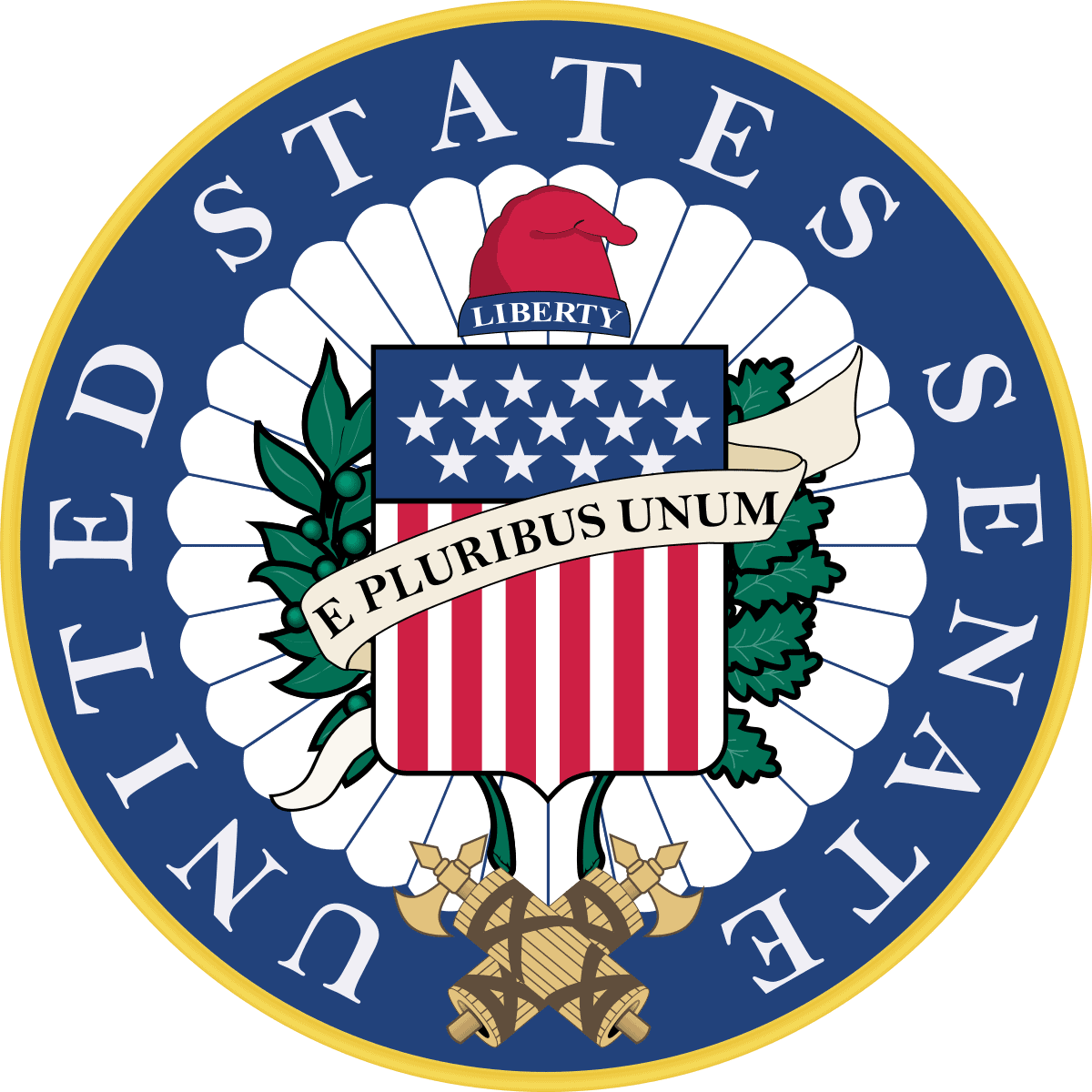Liberate Local TV Programming from Price Controls

 The Senate Commerce Committee plans to hold a hearing on the state of the media marketplace on June 5 and the debate around reauthorizing The Satellite Television Extension and Localization Act Reauthorization (STELAR) will likely be on the agenda. STELAR is set to expire at the end of this calendar year and Congress should let it.
The Senate Commerce Committee plans to hold a hearing on the state of the media marketplace on June 5 and the debate around reauthorizing The Satellite Television Extension and Localization Act Reauthorization (STELAR) will likely be on the agenda. STELAR is set to expire at the end of this calendar year and Congress should let it.
Thirty years ago when the cap on what satellite television companies could be charged to televise non-local stations instead of customer’s local stations first passed, there were technical impediments to carrying some local signals, but that’s no longer the case. When those price caps were first set, cable companies were government-sanctioned monopolies that enjoyed commensurate advantages against potential competitors, like the then new satellite television companies.
But STELAR is an example of the market outpacing regulations. The cable monopolies and the technical challenges the cap was implemented to offset are now a thing of the past. The once embryonic satellite industry is now mature and its members compete for customer eyeballs with cable companies, broadband providers, and over-the-top streaming services.
The consequence of the federal meddling to keep the price of far-away programming artificially low is that customers in markets like San Angelo, TX or North Platte, NE see programming from New York City or Los Angeles, instead of from their local broadcaster.
In fact, rural residents in twelve small media markets are being fed programs from far-away cities because it’s so much cheaper for DirecTV to do that than to contract with the local broadcasters for their programming at a market price. According to industry documents, the U.S. Copyright Office charges DirecTV $0.28 per subscriber per month for a distant network signal. Estimates of the market value of local programming put the price DirecTV would have to pay local broadcasters at $2.22.
That’s a good deal for DirecTV, a $235 billion company. But it’s a raw deal for its customers in the twelve areas with no local weather, news, emergency alerts, or political ads. The government’s de facto subsidy is distorting the market and creating unnatural incentives for many rural communities to be denied their local programming. If the incentive to pipe in distant programming was removed, local programming could be agreed to by private contracts with satellite providers. In a relatively short time, YouTube TV has made agreements in every one of the 210 media markets that blanket the U.S., so there’s no reason to think DirecTV couldn’t do the same.
Residents of these last twelve markets deserve to have market forces provide them with the option of their own local programming. Congress should let beneficial incentives operate freely by simply letting STELAR expire and not voting to reauthorize it.